[Mercury Atlas 6] First human-taken photograph from space: Earth horizon and black sky of space from Friendship 7. John Glenn, 20 February 1962. Printed 1962. Vintage chromogenic print on fiber-based Kodak paper [NASA image S-62–6016]. 20.3×25.4 cm (8×10 in), numbered “NASA S-62–6016” in black in top margin, with NASA credit stamp and “A Kodak Paper” watermarks on the verso (NASA Manned Spacecraft Center, Houston, Texas). One of the first and extremely rare photographs captured by the first human to take photographs from space John Glenn in full color during the first orbit of Friendship 7, the first manned American spacecraft to orbit the Earth. John Glenn was the first American in orbit and the first human being to carry a still camera into space. The suborbital missions of Alan Shepard and Gus Grissom prepared the way for the first American orbital flight. On 20 February 1962 John Glenn became the first American to circle the Earth making three orbits in his Friendship 7 Mercury spacecraft, eventually succeeding to Yuri Gagarin’s first human orbital flight on 12 April 1961. Glenn became the first human being to photograph Earth from space using a hand-held 35mm Ansco Autoset (modified Minolta) camera and Eastman Color Negative Film 5250, snapping this never before seen image of Earth as he passed over the east coast of Africa and the Indian Ocean on his first orbit. “As I looked back at the Earth from space, colors and light intensities were much the same as I had observed when flying at high altitude in an airplane. The colors observed when looking down at the ground appeared similar to those seen from 50,000 feet. When looking toward the horizon, however, the view is completely different, for then the blackness of space contrasts vividly with the brightness of the Earth’s. The horizon itself is a brilliant, brilliant blue and white. It was surprising how much of the Earth’s surface was covered by clouds. The clouds can be seen very clearly on the daylight side. The different types of clouds, vertical developments, stratus clouds, and cumulus clouds, are readily distinguished.” John Glenn (Flight’s Pilot Report). NASA officials initially vetoed Glenn’s idea of taking a camera aboard his spacecraft for fear it would distract him from the mission’s primary goals. After an appeal to NASA Director Robert Gilruth, Glenn ultimately received permission to use a camera during his space flight. However, the lack of a space photography department in NASA’s infant manned space program required Glenn to obtain his own camera. He needed to locate a model he could operate in zero gravity while wearing the bulky gloves of his spacesuit. After asking advice to famous Life photographer Ralph Morse Glenn eventually discovered such a camera, a 35mm Ansco Autoset with a 50mm lens (actually a Minolta Hi-Matic, repackaged by the New York-based Ansco Company), in a drug store in Cocoa Beach, just outside of Cape Canaveral, Florida. One of the first models that automatically advanced the film roll between shots, NASA technicians rigged the camera with a trigger mechanism Glenn could operate while in space. “This picture is to the best of my knowledge [one of] the first hand-held camera picture(s) ever taken from space. I took it during [...] my Friendship 7 flight on February 20, 1962, during the early stages of our first effort to accomplish manned orbital flight. NASA knew that pictures from orbit were an important part of showing the public the beauty of space, as well as the importance of exploring it. The camera I used was a very simple Minolta Hi-Matic, which was one of the first of the automatic cameras.” John Glenn (TIME Magazine; https://time.com/4558781/john-glenn-influential-photo/) In the decade of Gemini and Apollo that followed Glenn‘s historic flight, others used more sophisticated equipment and flew higher and farther. Yet Glenn‘s pioneering achievement retains. His success helped convince NASA management of the feasibility of a
Condition
[Mercury Atlas 6] First human-taken photograph from space: Earth horizon and black sky of space from Friendship 7. John Glenn, 20 February 1962. Printed 1962. Vintage chromogenic print on fiber-based Kodak paper [NASA image S-62–6016]. 20.3×25.4 cm (8×10 in), numbered “NASA S-62–6016” in black in top margin, with NASA credit stamp and “A Kodak Paper” watermarks on the verso (NASA Manned Spacecraft Center, Houston, Texas). One of the first and extremely rare photographs captured by the first human to take photographs from space John Glenn in full color during the first orbit of Friendship 7, the first manned American spacecraft to orbit the Earth. John Glenn was the first American in orbit and the first human being to carry a still camera into space. The suborbital missions of Alan Shepard and Gus Grissom prepared the way for the first American orbital flight. On 20 February 1962 John Glenn became the first American to circle the Earth making three orbits in his Friendship 7 Mercury spacecraft, eventually succeeding to Yuri Gagarin’s first human orbital flight on 12 April 1961. Glenn became the first human being to photograph Earth from space using a hand-held 35mm Ansco Autoset (modified Minolta) camera and Eastman Color Negative Film 5250, snapping this never before seen image of Earth as he passed over the east coast of Africa and the Indian Ocean on his first orbit. “As I looked back at the Earth from space, colors and light intensities were much the same as I had observed when flying at high altitude in an airplane. The colors observed when looking down at the ground appeared similar to those seen from 50,000 feet. When looking toward the horizon, however, the view is completely different, for then the blackness of space contrasts vividly with the brightness of the Earth’s. The horizon itself is a brilliant, brilliant blue and white. It was surprising how much of the Earth’s surface was covered by clouds. The clouds can be seen very clearly on the daylight side. The different types of clouds, vertical developments, stratus clouds, and cumulus clouds, are readily distinguished.” John Glenn (Flight’s Pilot Report). NASA officials initially vetoed Glenn’s idea of taking a camera aboard his spacecraft for fear it would distract him from the mission’s primary goals. After an appeal to NASA Director Robert Gilruth, Glenn ultimately received permission to use a camera during his space flight. However, the lack of a space photography department in NASA’s infant manned space program required Glenn to obtain his own camera. He needed to locate a model he could operate in zero gravity while wearing the bulky gloves of his spacesuit. After asking advice to famous Life photographer Ralph Morse Glenn eventually discovered such a camera, a 35mm Ansco Autoset with a 50mm lens (actually a Minolta Hi-Matic, repackaged by the New York-based Ansco Company), in a drug store in Cocoa Beach, just outside of Cape Canaveral, Florida. One of the first models that automatically advanced the film roll between shots, NASA technicians rigged the camera with a trigger mechanism Glenn could operate while in space. “This picture is to the best of my knowledge [one of] the first hand-held camera picture(s) ever taken from space. I took it during [...] my Friendship 7 flight on February 20, 1962, during the early stages of our first effort to accomplish manned orbital flight. NASA knew that pictures from orbit were an important part of showing the public the beauty of space, as well as the importance of exploring it. The camera I used was a very simple Minolta Hi-Matic, which was one of the first of the automatic cameras.” John Glenn (TIME Magazine; https://time.com/4558781/john-glenn-influential-photo/) In the decade of Gemini and Apollo that followed Glenn‘s historic flight, others used more sophisticated equipment and flew higher and farther. Yet Glenn‘s pioneering achievement retains. His success helped convince NASA management of the feasibility of a
Condition

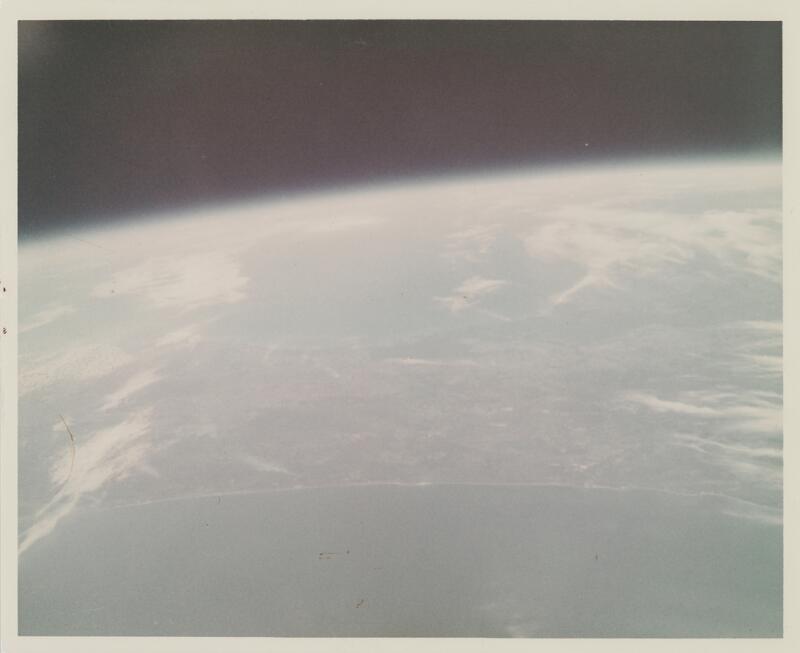
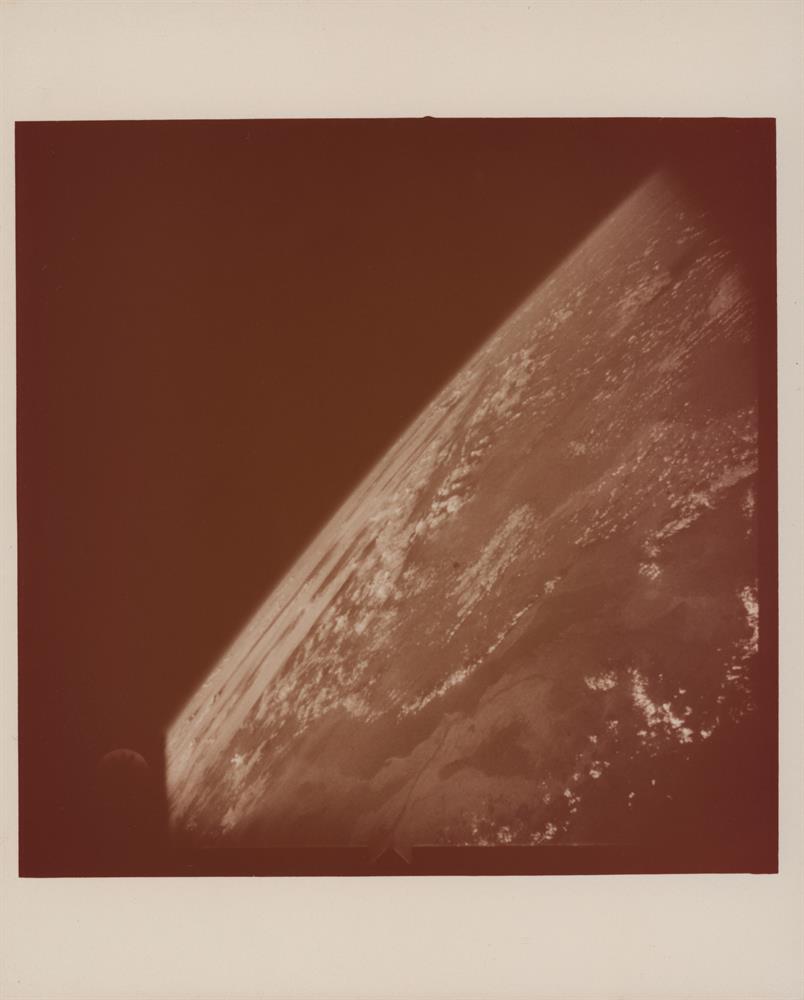
.jpg)
.jpg)
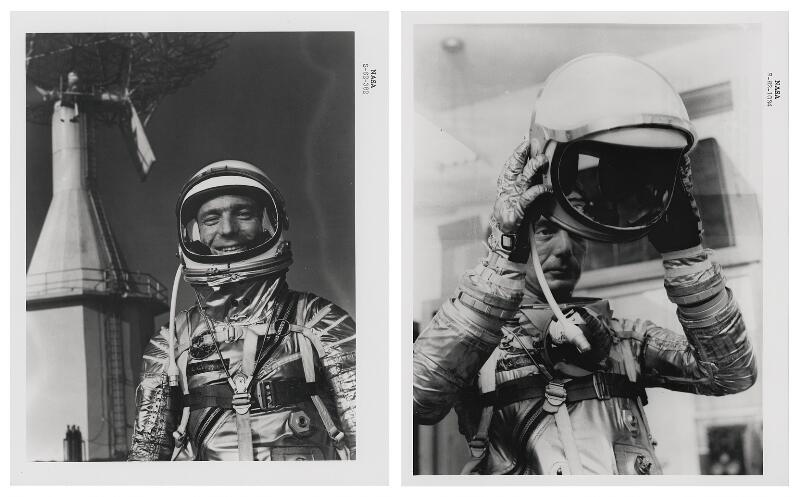
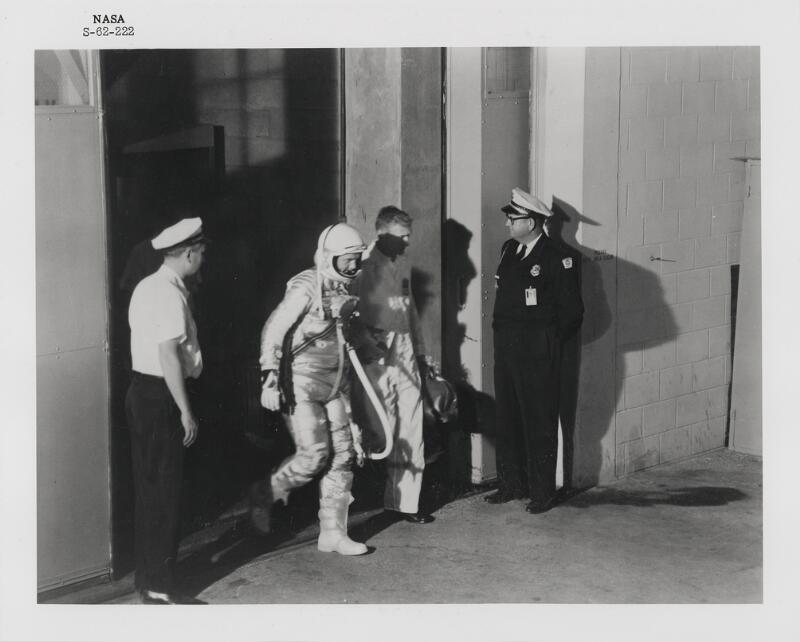
.jpg)

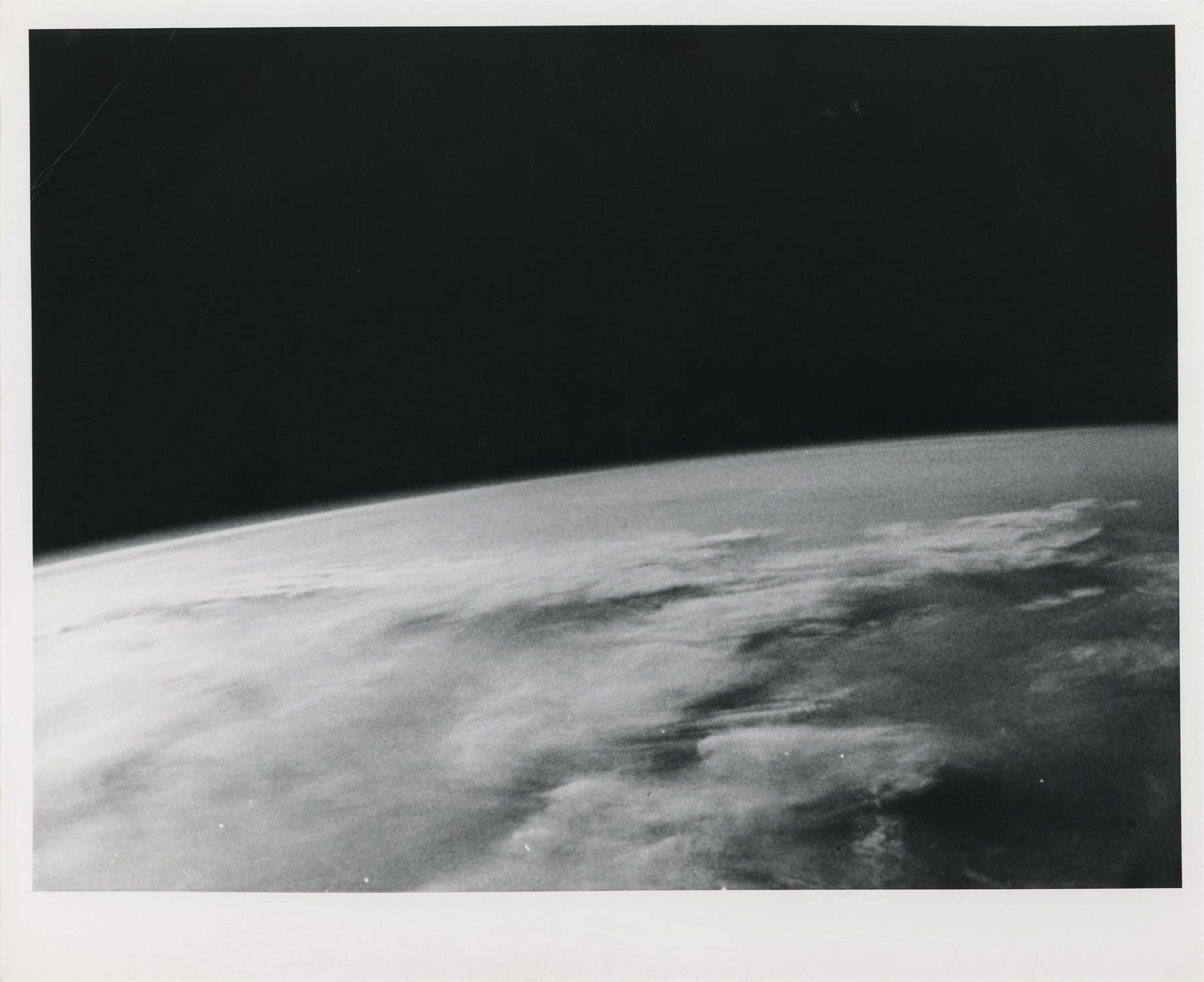
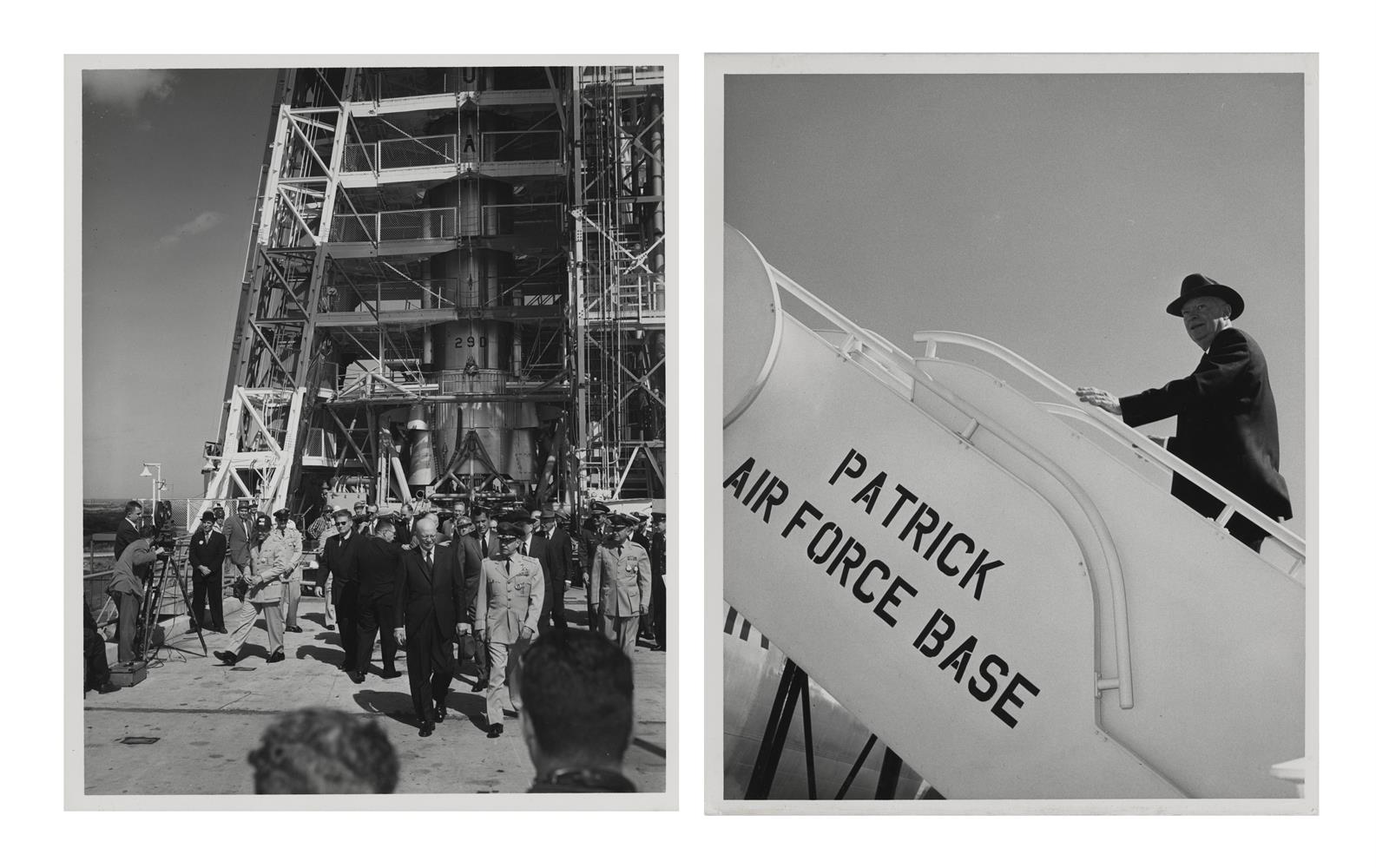

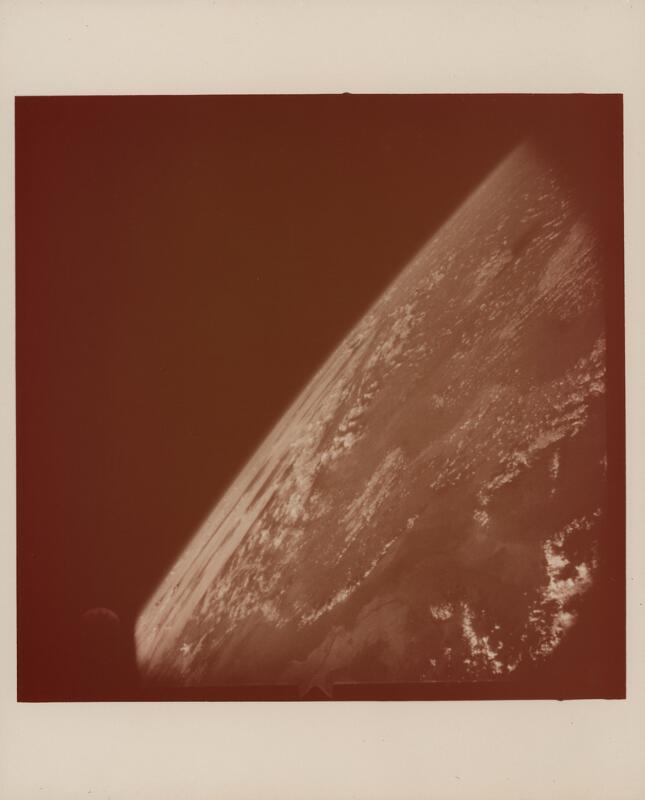

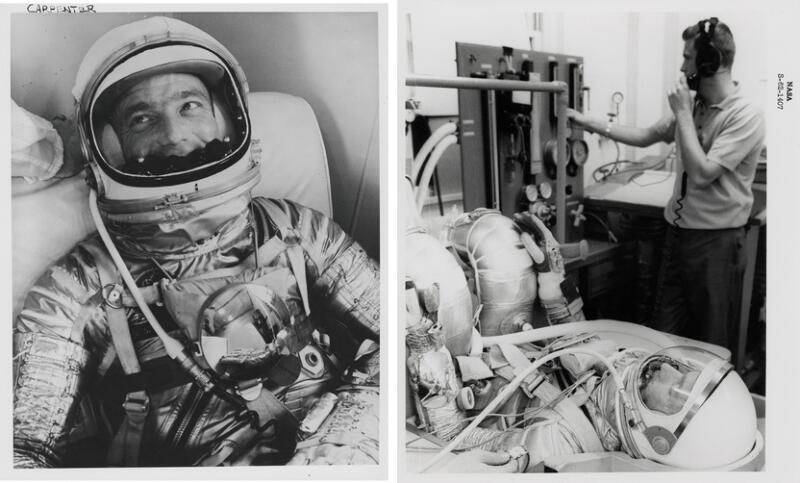
Testen Sie LotSearch und seine Premium-Features 7 Tage - ohne Kosten!
Lassen Sie sich automatisch über neue Objekte in kommenden Auktionen benachrichtigen.
Suchauftrag anlegen